Happy Independence Day #244 !
Independence Day (colloquially the Fourth of July or July 4) is a federal holiday in the United States commemorating the Declaration of Independence of the United States, on July 4, 1776. The Continental Congress declared that the thirteen American colonies were no longer subject (and subordinate) to the monarch of Britain, King George III, and were now united, free, and independent states. The Congress had voted to declare independence two days earlier, on July 2, but it was not declared until July 4.
Independence Day is commonly associated with fireworks, parades, barbecues, carnivals, fairs, picnics, concerts, baseball games, family reunions, political speeches, and ceremonies, in addition to various other public and private events celebrating the history, government, and traditions of the United States. Independence Day is the national day of the United States.
During the American Revolution, the legal separation of the thirteen colonies from Great Britain in 1776 actually occurred on July 2, when the Second Continental Congress voted to approve a resolution of independence that had been proposed in June by Richard Henry Lee of Virginia declaring the United States independent from Great Britain’s rule. After voting for independence, Congress turned its attention to the Declaration of Independence, a statement explaining this decision, which had been prepared by a Committee of Five, with Thomas Jefferson as its principal author. Congress debated and revised the wording of the Declaration, finally approving it two days later on July 4. A day earlier, John Adams had written to his wife Abigail:
The second day of July 1776, will be the most memorable epoch in the history of America. I am apt to believe that it will be celebrated by succeeding generations as the great anniversary festival. It ought to be commemorated as the day of deliverance, by solemn acts of devotion to God Almighty. It ought to be solemnized with pomp and parade, with shows, games, sports, guns, bells, bonfires, and illuminations, from one end of this continent to the other, from this time forward forever more.
Adams’s prediction was off by two days. From the outset, Americans celebrated independence on July 4, the date shown on the much-publicized Declaration of Independence, rather than on July 2, the date the resolution of independence was approved in a closed session of Congress.
Historians have long disputed whether members of Congress signed the Declaration of Independence on July 4, even though Thomas Jefferson, John Adams, and Benjamin Franklin all later wrote that they had signed it on that day. Most historians have concluded that the Declaration was signed nearly a month after its adoption, on August 2, 1776, and not on July 4 as is commonly believed.
By a remarkable coincidence, Thomas Jefferson and John Adams, the only two signatories of the Declaration of Independence later to serve as presidents of the United States, both died on the same day: July 4, 1826, which was the 50th anniversary of the Declaration, Jefferson even mentioning the fact.[14] (Only one other signatory, Charles Carroll of Carrollton, survived them, dying in 1832.) Although not a signatory of the Declaration of Independence, James Monroe, another Founding Father who was elected as president, also died on July 4, 1831. He was the third President who died on the anniversary of independence. Calvin Coolidge, the 30th president, was born on July 4, 1872; so far he is the only U.S. president to have been born on Independence Day.
History
Declaration of Independence
The following text is a transcription of the Stone Engraving of the parchment Declaration of Independence (the document on display in the Rotunda at the National Archives Museum.) The spelling and punctuation reflects the original.
In Congress, July 4, 1776.
“The unanimous Declaration of the thirteen united States of America, When in the Course of human events, it becomes necessary for one people to dissolve the political bands which have connected them with another, and to assume among the powers of the earth, the separate and equal station to which the Laws of Nature and of Nature’s God entitle them, a decent respect to the opinions of mankind requires that they should declare the causes which impel them to the separation.”
The First American Flag – Betsy ROSS
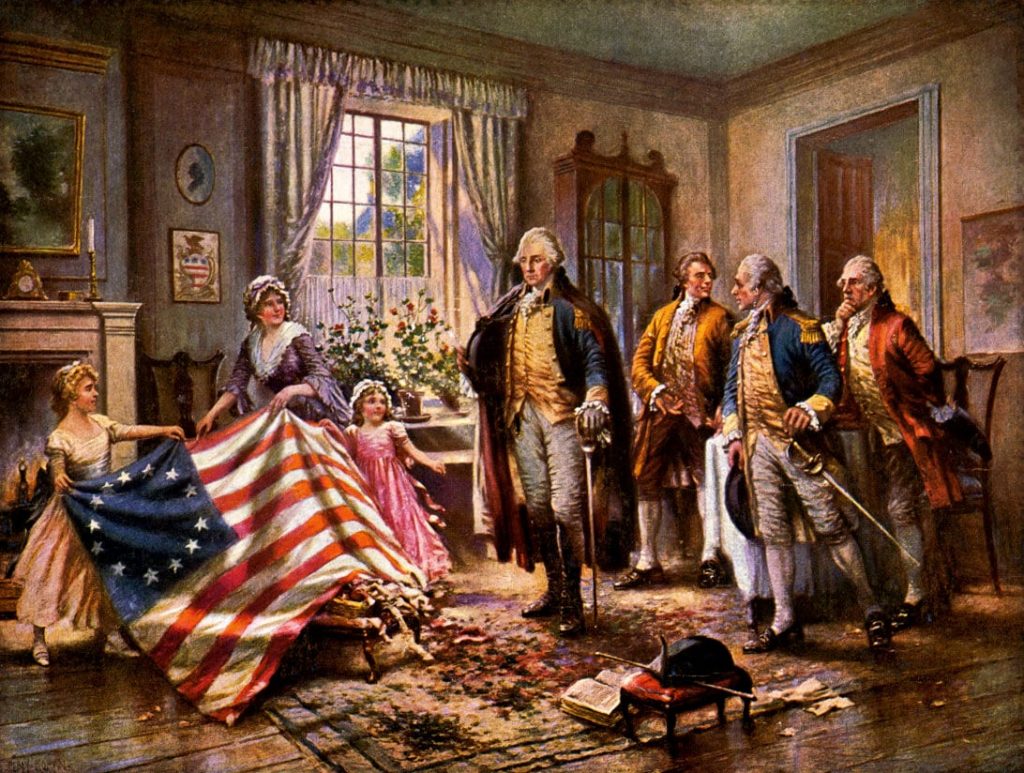
Betsy Ross showing General George Washington the first American flag
Pledge of Allegiance
1892 – First version
“I pledge allegiance to my Flag and the Republic for which it stands, one nation, indivisible, with liberty and justice for all.”
1954 – Current version
“I pledge allegiance to the Flag of the United States of America, and to the Republic for which it stands, one Nation under God, indivisible, with liberty and justice for all.”
DELAWARE – “The First State”
December 7th, 1787, Delaware becomes the first state to ratify the U.S. Constitution, thereby becoming the first state of the United States.
Delaware was the first state to “secure the Blessings of Liberty to ourselves and our Posterity” with its unanimous ratification of the Constitution. So, it’s fitting that the state motto is “Liberty and Independence,” as seen in the state seal depticted below.
Here is the Preamble of The Delaware Constitution:
Through Divine goodness, all people have by nature the rights of worshiping and serving their Creator according to the dictates of their consciences, of enjoying and defending life and liberty, of acquiring and protecting reputation and property, and in general of obtaining objects suitable to their condition, without injury by one to another; and as these rights are essential to their welfare, for due exercise thereof, power is inherent in them; and therefore all just authority in the institutions of political society is derived from the people, and established with their consent, to advance their happiness; and they may for this end, as circumstances require, from time to time, alter their Constitution of government.
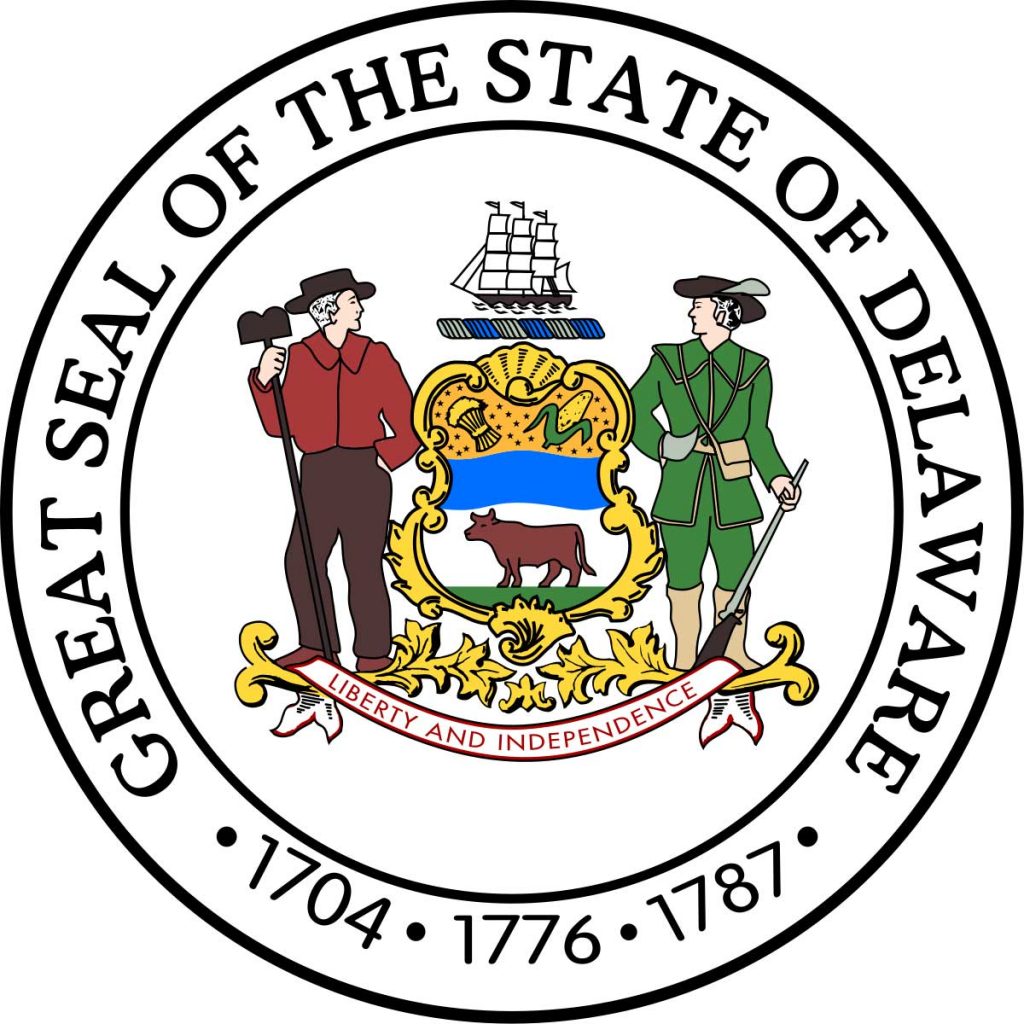
The First State – 1704 – 1776 – 1787
God Bless America !







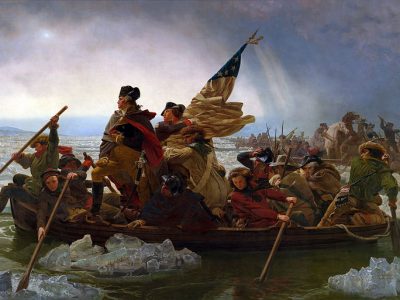

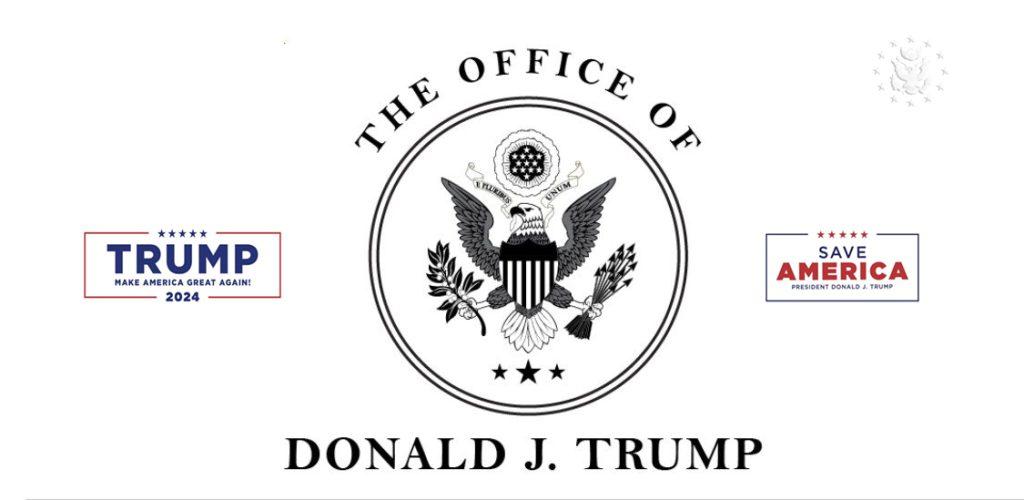
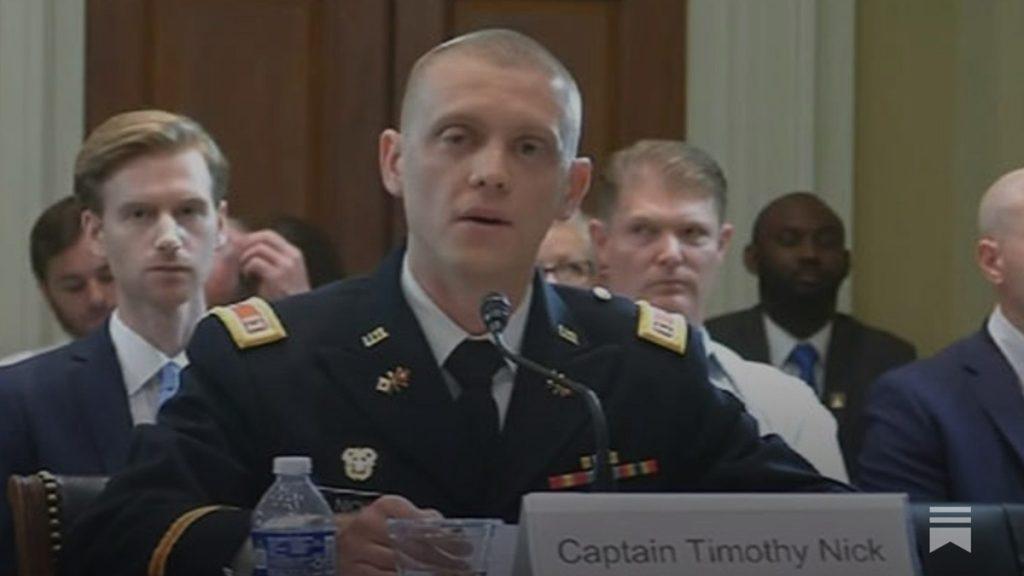

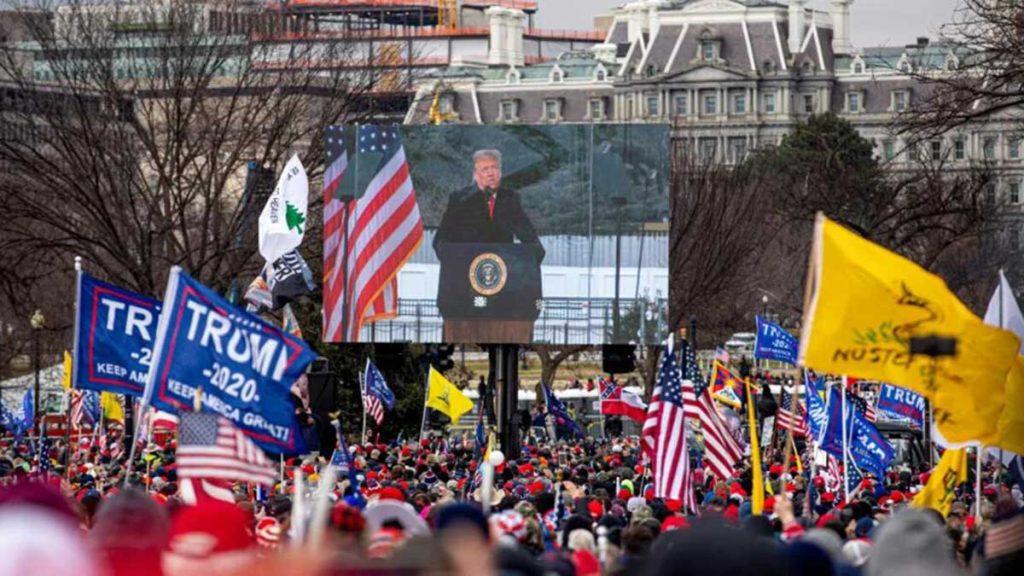



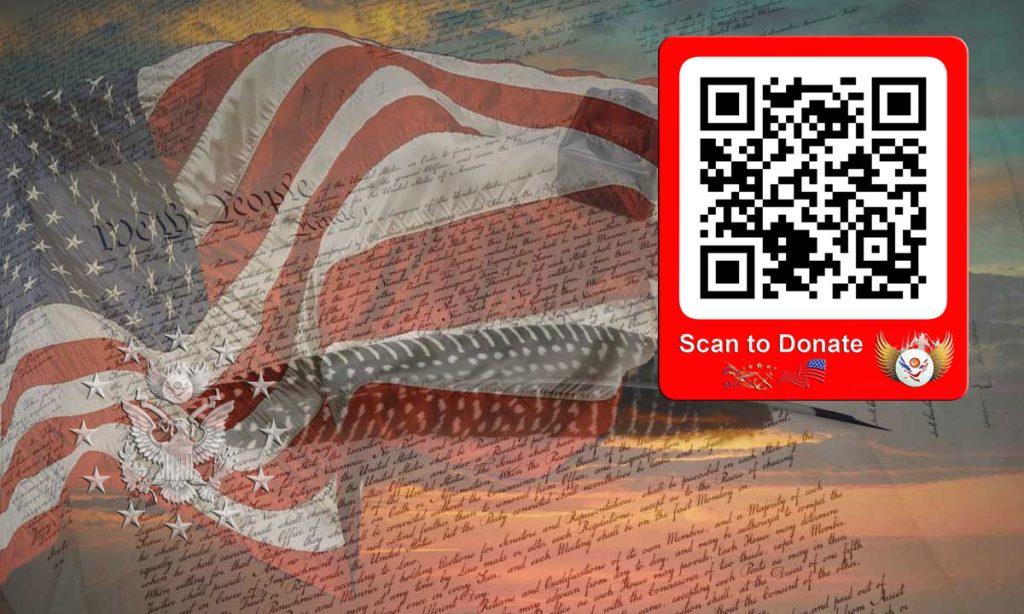






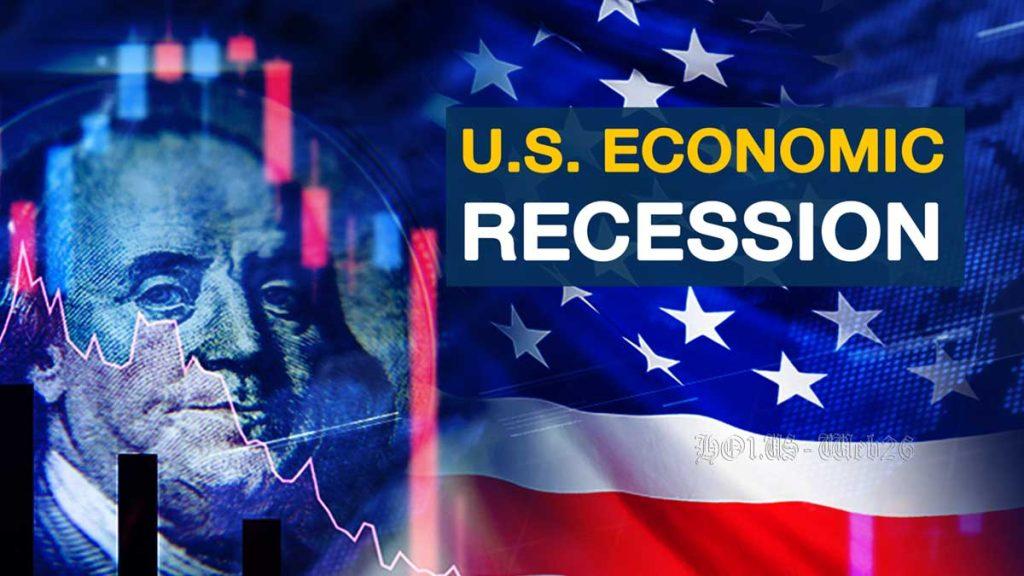


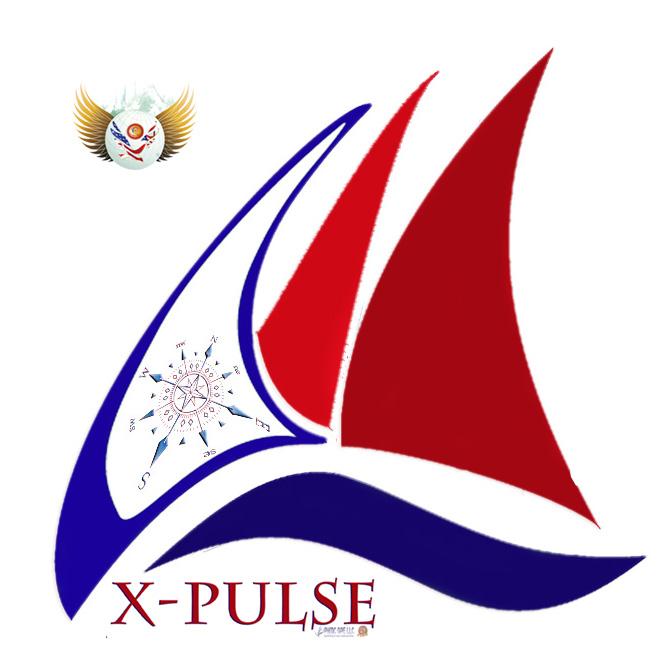
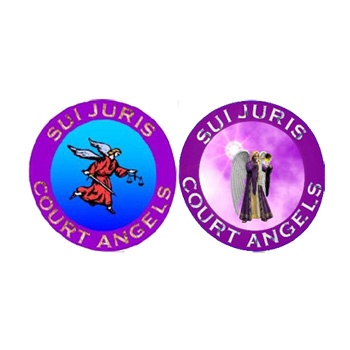







Comments